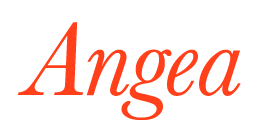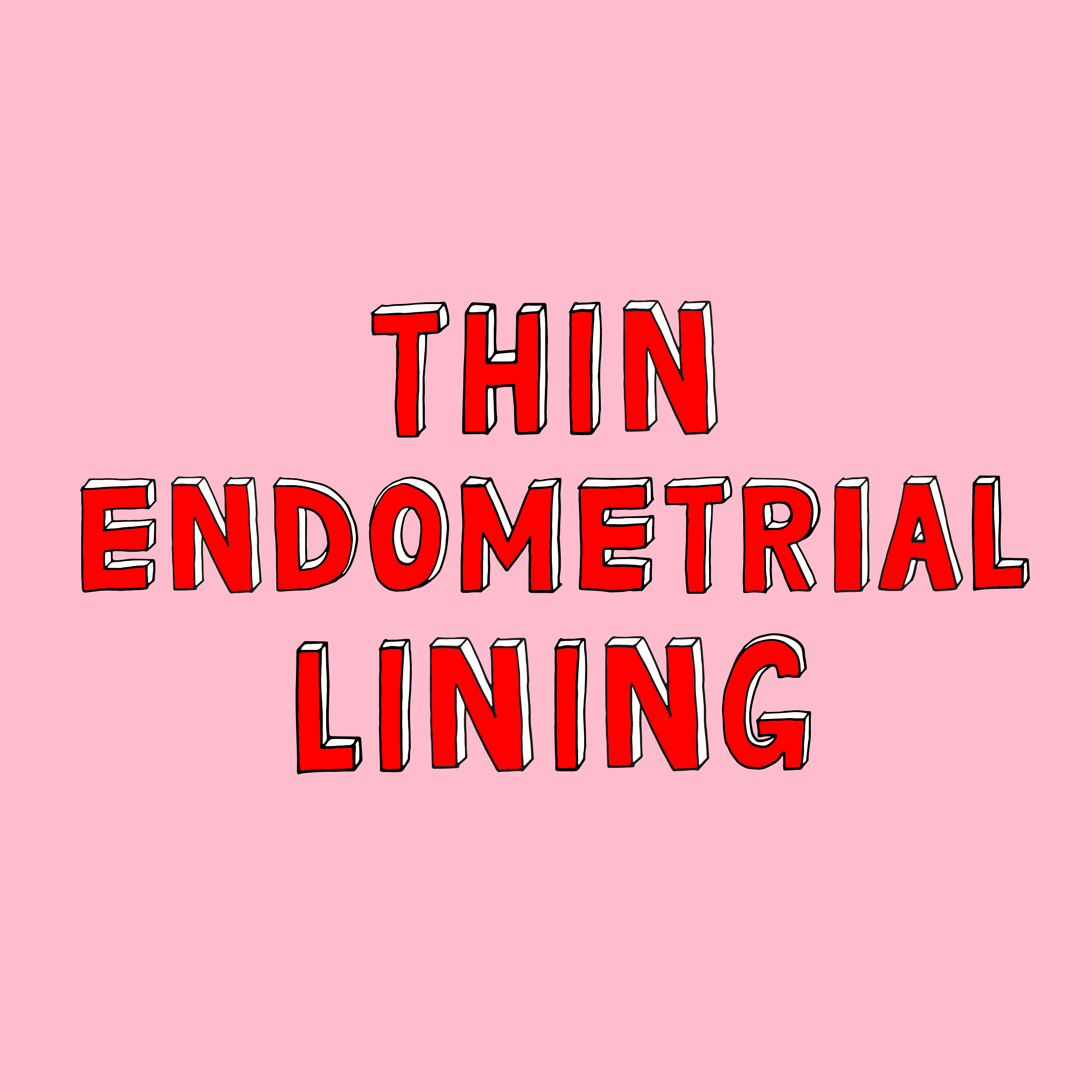The endometrium is its own gland! It’s a dynamic tissue that grows, fluctuates and remodels in thickness over the course of our menstrual cycle. Let’s break this down step by step.
A women’s ENDOMETRIAL cycle is represented by 1). Menstruation (shedding of the lining) 2). Regeneration & growth of the endometrium during the follicular phase (proliferative) and 3). Changes in the endometrial proteins (secretory) to create receptivity for the possibility of a fertilised egg.
Unfortunately, when women present in clinic with a thin endometrium, it not only affects implantation but also pregnancy rates. Today, I will discuss the reasons ‘why ‘and secondly how we can support the health of our endometrium.
In clinic I like to use to the visualisation of the womb as a garden. Visulisation offers women a picture to understanding their anatomy and how the dynamics of the reproductive system work.
👉🏼 The soil represents the endometrium
👉🏼 Uterus represents the terrain
👉🏼 Sunflower represents a dominant follicle
👉🏼 The seeds represents the egg bed
During both a natural or IVF cycle the endometrium (soil) needs to be receptive and fertile. A healthy endometrium thickness that is considered to be receptive is 8mm. Anything under <7mm is considered too thin. Especially if it’s around the 4-5mm.
Growth of the endometrium depends on:
👉🏼Good vascular blood supply and flow to the uterus
👉🏼 Established levels E2 (estrodiol) in the blood.
👉🏼Healthy endometrial cells
Factors and Treatment for a thin endometrium using WM~
👉🏼Blood flow to uterus can be due to blood stagnation or clotting factors. In Western Medicine blood flow is measured by the Doppler. Impaired blood flow is often treated with asprin or Klexane.
👉🏼Estradiol levels are measured until ovulation. To support growth of lining- estrogen based supplements such as Progynova, estrogen patches are given.
👉🏼 Endometrial cells can be affected by D/C surgery, Ashermans syndrome.
In Chinese medicine we love to talk about the health of your menstrual cycle and blood flow. To create a healthy fertile endometrium we recommend:
Moxa – medicinal mugwort. Removes stagnation, promotes a healthy vascular blood to the endometrium through the uterine arteries!
Acupuncture – studies have shown acupuncture increases blood flow (via doppler) to uterine arteries improving uterine blood = endometrial growth!!
Vitamin E – Vitamin E supplement (600 mg/day) including avocado, sunflower seeds, almonds, Olive oil, Spinach, hazelnuts, prawns.
Chinese herbal Medicine: specific Chinese herbs resolve blood stagnation, invigorate and build blood. I have an Endometrial herbal formula called “ Blood building lining” I use for my patients.
Bone Broth & Protein: foods high in lipids and fatty acids help support endometrial growth and follicular development.
Breathing exercises: relax the nervous system. When combined with visualization helps create a healthy relationship to your womb and nervous system
Womb Massage: works through fascia to relieve stagnation and promote blood flow to the reproductive organs – Christine Do is my Womb Massage go to!
Pelvic Osteopathy: aligning your pelvis helps to support your reproductive organs and blood flow.
Yoga: specific yoga poses increase blood flow and prana “life force” to the reproductive organs. Yoga asana reduces the stress hormone cortisol.

Amanda is the founder of Angea and has over 12 years of experience working with women to support their health journey. In addition to being a registered doctor of Chinese medicine, Amanda is a yoga teacher and founder of Mindful Pregnancy Yoga Training. Amanda offers acupuncture, Chinese herbal medicine and womb healing treatments at Angea.

